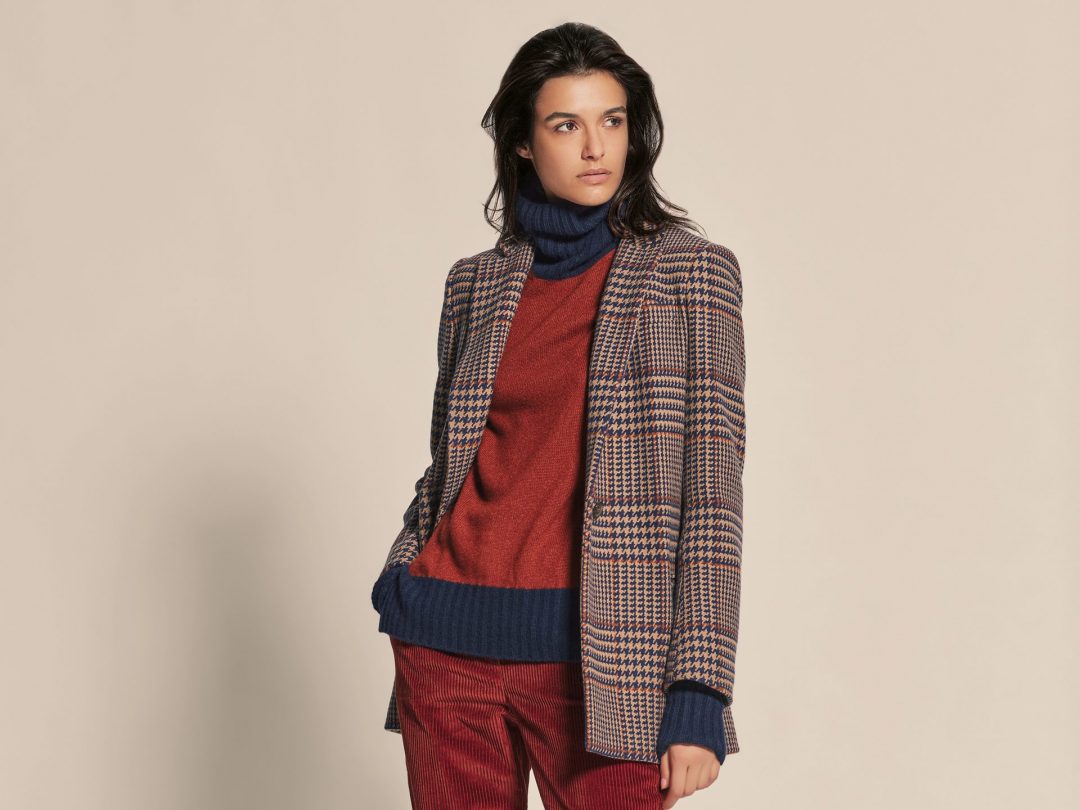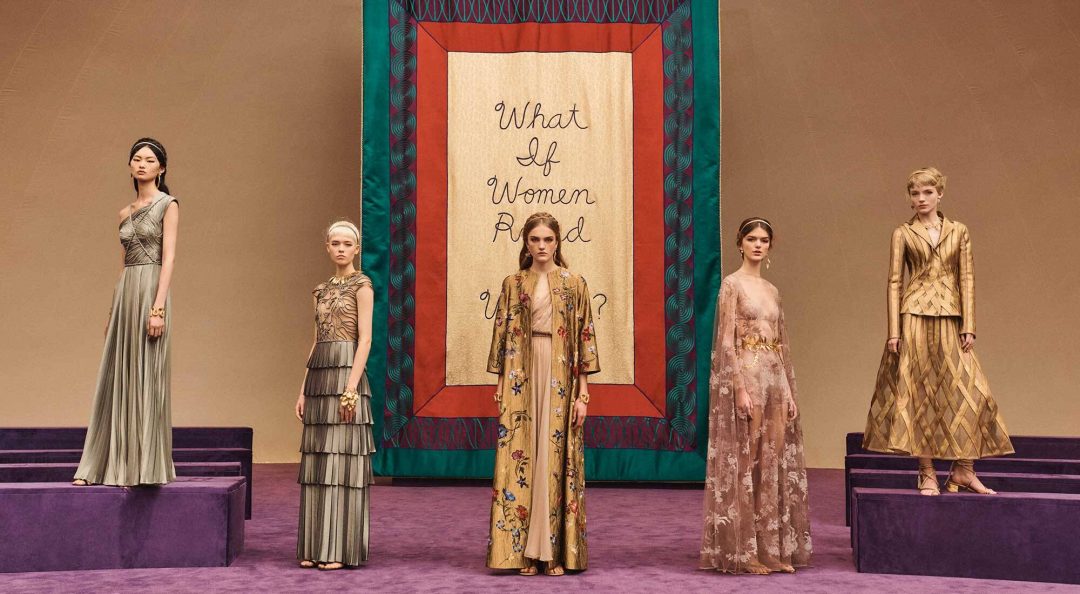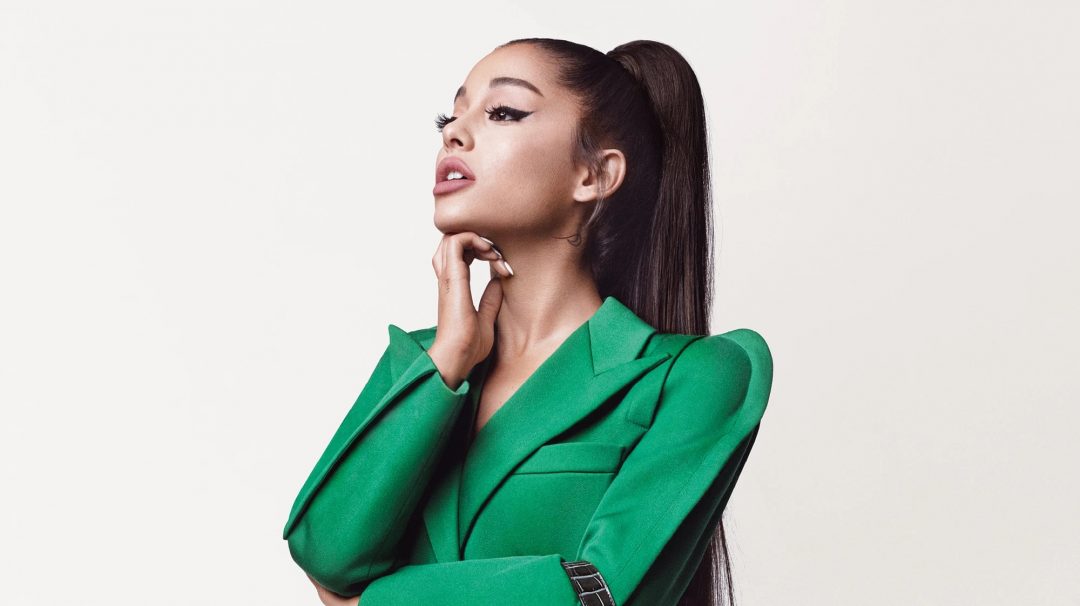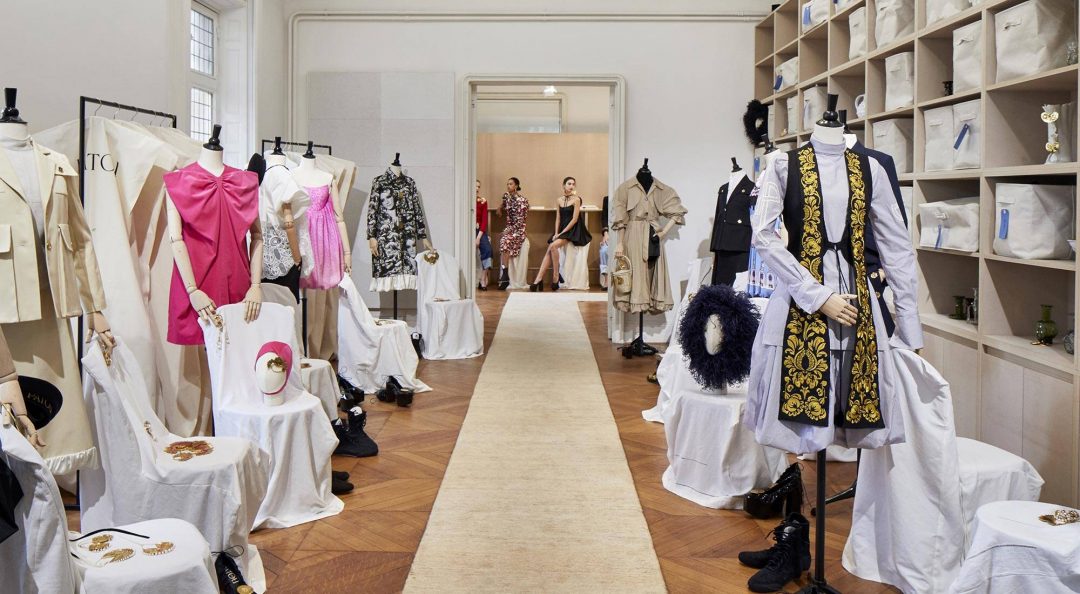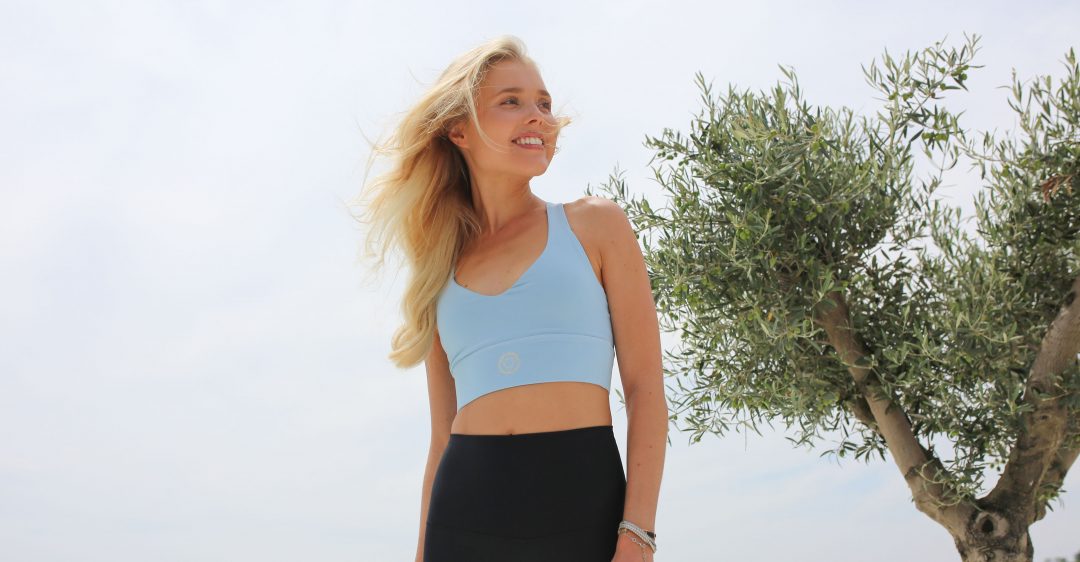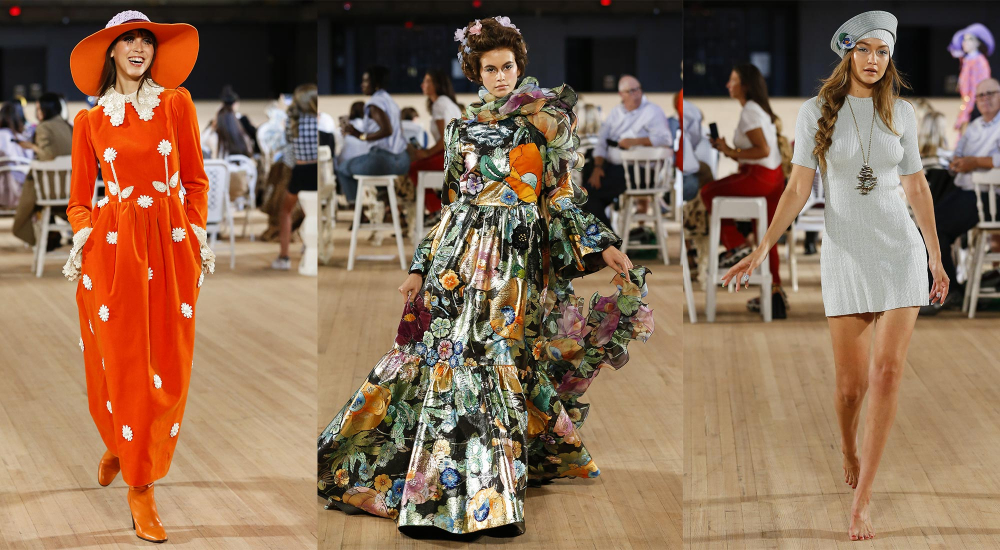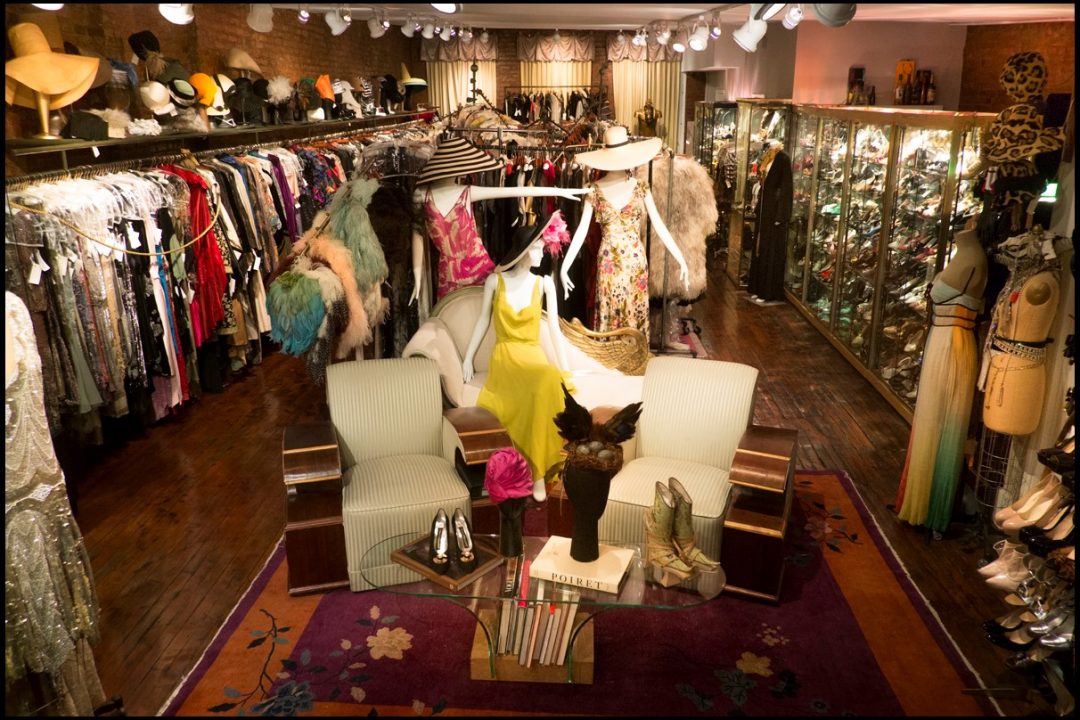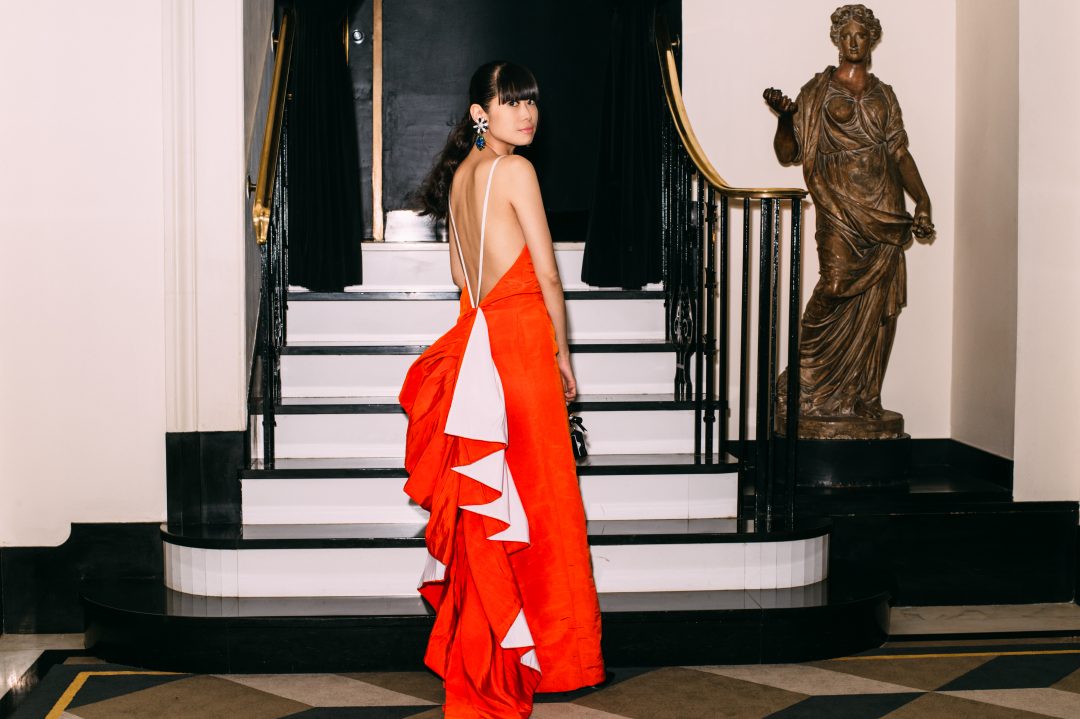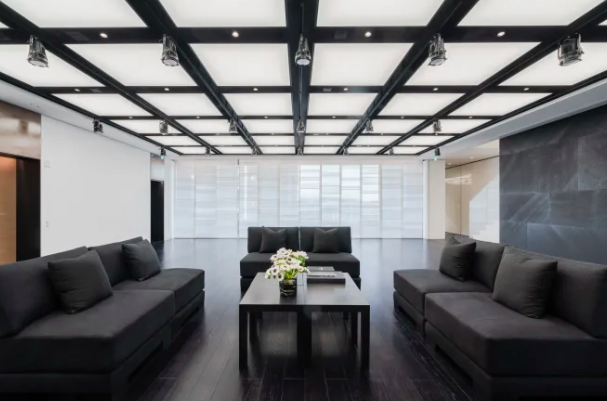Women’s Style, the Timeless and Endlessly Versatile World of Kiton…
Women’s Style
Dior Spring Summer 2020 Haute Couture: Womenswear or Goddesswear?
Marie Grazia Chiuri took inspiration from ancient Greek and Roman goddesses when developing Dior's Spring Summer 2020 Collection.…
An In-depth Look at Women’s Suits
This is the perfect time for women to swap out their dress and skirt suits for elegant yet professional pant suits.…
Patou showcases women’s ready-to-wear collection
During Paris Fashion Week famed French Maison, Patou unveiled their very first new women’s ready-to-wear collection since the revival of the brand by LVMH.…
Talking Sustainable Fashion with Pauline Hansen of PAMA London
Interview with German born, London based eco-entrepreneur, active-wear designer, and yogini, Pauline Hansen of PAMA London…
Marc Jacobs SS2020 wows with bright colors and floral patterns at NYFW
New York Fashion Week ended with a colorful explosion thanks to Marc Jacob's Spring-Summer 2020 Women’s collection.…
The Story of NY Vintage | The Most Extravagant Vintage Clothing Boutique
With a museum-worthy collection of luxury vintage clothing that dates back to the 1860s, NY Vintage is unlike any other clothing store in New York City. …
Leaf Greener: “Fashion Industry Needs to Slow Down”
Read our interview with Leaf Greener, the former Senior Fashion Editor of Elle China and Founder of LEAF WeChat Magazine.…
A Peter Marino Designed Chanel Flagship Boutique Opens in Seoul
Chanel's new Apgujeong-dong location, which was designed by architect, Peter Marino, is the 10th Chanel boutique to open in South Korea.…
Over the Moon with Makenzie Moon Phelan
The Extravagant talks to Makenzie Moon Phelan, NYC based artist and socialite about her work as a makeup artist and her contemporary art practice. …

